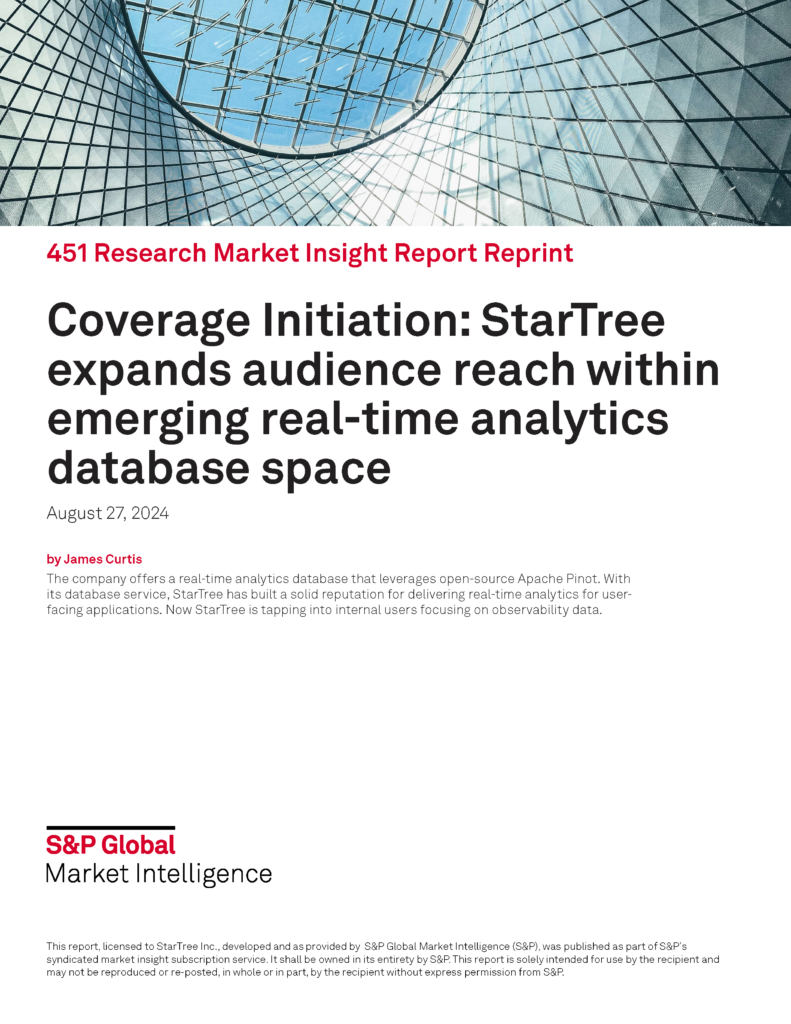Clickstream data captures a trail of digital breadcrumbs left by users as they navigate through websites and applications. It logs every interaction, from page views and clicks to form submissions and scrolls, offering an in-depth view of user behavior. This data is invaluable for businesses aiming to understand user preferences, optimize content, improve site navigation, and personalize user experiences.
The value of real-time clickstream analytics for businesses
The nature of clickstream data presents unique challenges. It’s fast-moving, with high data velocity as users generate massive streams of interactions continuously. Additionally, it’s high-cardinality—each user, session, and event can vary widely, creating a high level of detail that requires handling and differentiating millions of unique identifiers. Finally, clickstream data is perishable; its value diminishes over time, especially for real-time applications. For instance, an ad-serving platform gains significantly more value from immediate insights into user engagement with ads than from analyzing those interactions days later. Therefore, rapid data processing is crucial to extract timely insights and act on them effectively.
To meet these demands, clickstream analytics requires specialized features that support both the ingestion and analysis of high-velocity, high-cardinality data with minimal latency. First, clickstream databases should offer real-time ingestion capabilities, allowing data to be processed and queried as soon as it arrives. This feature is essential for providing up-to-the-moment insights and enabling responsive actions, such as triggering alerts for unusual behavior or suggesting content recommendations. Unlike batch processing, which handles data at scheduled intervals, real-time streaming—powered by tools like Kafka, Kinesis, and Redpanda—enables data to be ingested, processed, and queried instantly as it flows in. These streaming platforms support continuous data pipelines, allowing organizations to act on up-to-the-second insights and respond immediately to new information.
Second, a high-performance clickstream database needs scalable indexing and compression techniques to handle the immense volume of data while keeping storage efficient and query speeds fast. For example, star-tree indexes allow for quick filtering of specific events, while advanced compression reduces storage costs without compromising retrieval speeds.
Finally, time-series and windowed analytics support in clickstream databases is essential. These functions allow businesses to track patterns over time, segment users based on recent activity, and detect trends within specific timeframes. Time-based aggregations and event joins help analysts derive meaningful insights from continuous streams, making it easier to identify trends, optimize digital experiences, and personalize user interactions.
As digital interactions grow, clickstream analytics play an increasingly critical role, providing businesses the infrastructure to harness fast-moving data, gain real-time insights, and deliver personalized, responsive experiences that meet today’s high consumer expectations. To dig deeper on this topic, check out Real-Time Analytics: A Comprehensive Guide.
